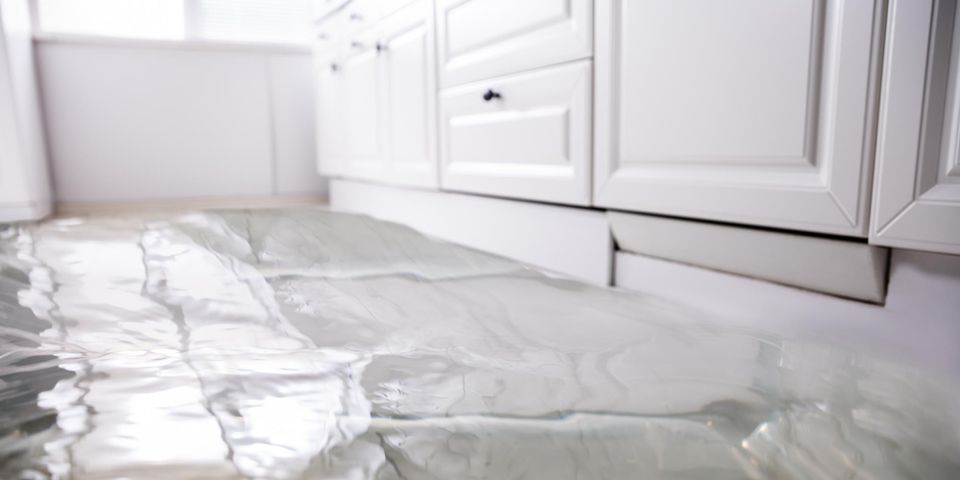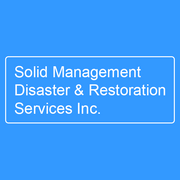4 Types of Secondary Water Damage

When your property floods—whether from a storm, runoff, or a busted water main—there may be more damage than you expect. Once the water recedes, leftover moisture can continue to cause problems that need immediate attention and possibly home restoration. Here are four common forms of secondary water damage.
How Can Water Intrusion Affect Your Property?
1. Mold Growth
It takes up to 48 hours for mold to begin growing where there is water. While its presence alone can damage your belongings—making insulation less effective, for example—these spores can also set off allergic reactions and respiratory distress in your family members.
Luckily, water damage restoration professionals also specialize in mold removal. They will contain the area so mold spores don’t spread before applying a fungicide solution. While sections of mold will be removed altogether, some dead spores that are inconvenient to extricate will be covered.
2. Damage to Electrical & Appliances
If water seeps into your walls and outlets, your home will likely need some rewiring. Any appliances left plugged in may have already shorted, and any wiring exposed to the water may shock you or spark a fire. Before turning on any electronics, have a professional evaluate the risks and determine what repairs are needed.
3. Corroding Metals
 Anything metal in your house that is exposed to water long enough will corrode. This includes metal studs, pipes, and vents. Even if your items contained protective coatings, if the water touches a point that was not perfectly sealed, it can cause rusting that will spread over time. Professionals will use dehumidifiers to speed up the process of drying, which can stop corrosion from occurring.
Anything metal in your house that is exposed to water long enough will corrode. This includes metal studs, pipes, and vents. Even if your items contained protective coatings, if the water touches a point that was not perfectly sealed, it can cause rusting that will spread over time. Professionals will use dehumidifiers to speed up the process of drying, which can stop corrosion from occurring.
4. Rotting Wood
Water-soaked wood will deteriorate. Since many houses are wood framed, this is a serious issue. If left untreated, secondary water damage in the form of wood rot can render supporting walls unstable.
Talk to a professional about any potential damage to your home’s supporting structures and see what home restoration steps they deem necessary to remove the water and prevent any decay. In addition to utilizing dehumidifiers and other drying methods, ensuring your safety might involve removing and replacing damaged components.
If you have flooding on your property, you need an experienced team you can trust for home restoration. Contact Solid Management Disaster & Restoration Services in Pagosa Springs, CO. They offer demolition and extensive restoration services for properties damaged by fire, flood, and mold. Call them at 99780) 946-4562 to schedule a service. Visit their website for more information on their capabilities.
About the Business
Have a question? Ask the experts!
Send your question

